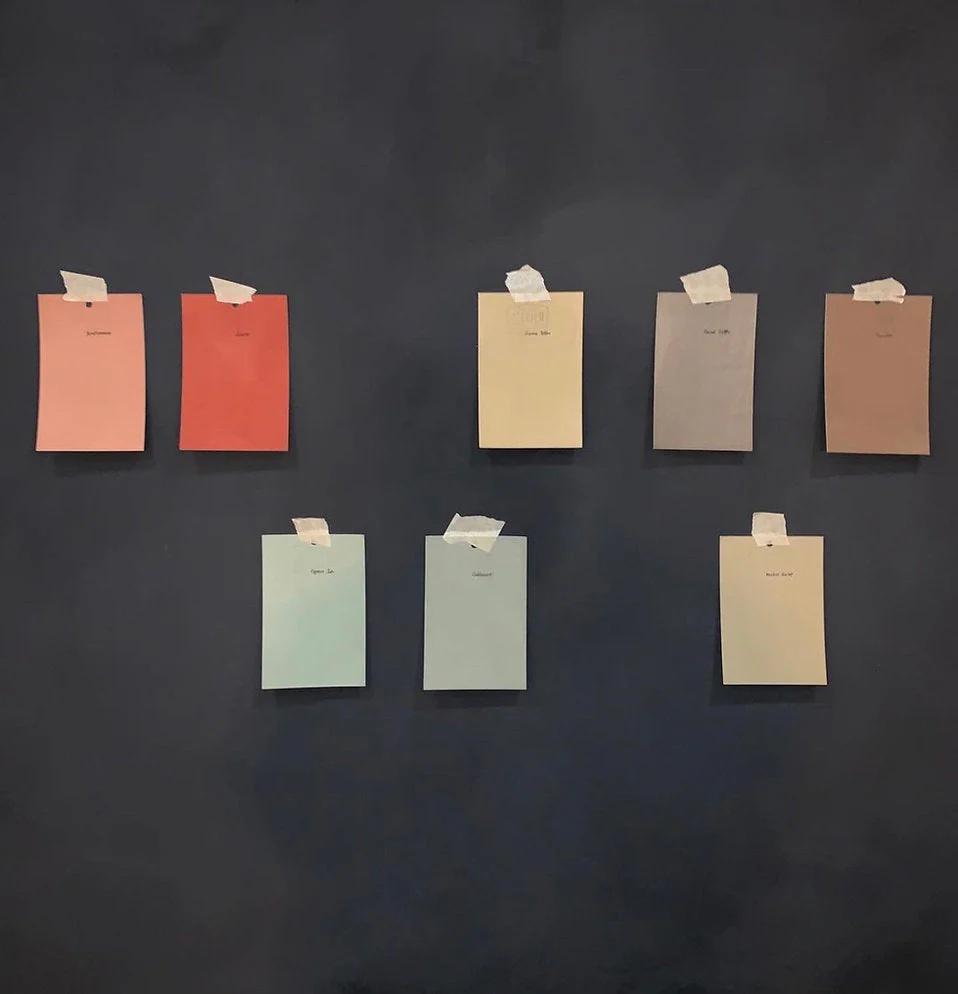
"Garnier also calls limewash "as DIY-friendly as it gets." It's traditionally applied to porous and absorbent surfaces, such as drywall, plaster, stucco, cement, brick, and concrete. She praises the "beautiful tonal variations" in a limewash texture, saying, "When the lime begins to dry, it just starts blooming, giving you the highs and the lows of the colors." (N.B. Our story on Everything You Need to Know About Limewash Paint is one of our most popular of all time.)"
"People will often limewash an entire room: walls, ceiling, baseboard, trim, crown moldings, and casings. Garnier recommends starting with their water-based mineral primer, which contains marble dust to guarantee proper bonding. The company also makes a mat te sealer top coat for doors, baseboards, and high-traffic areas. For a translucent look on wood, a single coat of limewash allows the veins and graining to show through."
"When researching the colorful Swedish timber-framed buildings of the 18th and 19th centuries, she found that preservation was a main driver. " They used pine tar on the outside, in distinctive shades of red, dark green and black, and linseed oil on the inside. Oil-based paints nourish and protect wood, giving it a really long life," she says. "They're absorbed into the fibrous top layer of the timbers. If the paint fades over time, you just reapply it.""
Limewash performs best on porous, absorbent materials like drywall, plaster, stucco, cement, brick, and concrete and creates tonal, blooming textures as it dries. Full-room applications commonly include walls, ceilings, trim, and moldings. A water-based mineral primer containing marble dust ensures proper bonding, and a matte sealer top coat suits doors and high-traffic areas. A single limewash coat on wood creates a translucent finish that reveals grain. Linseed-oil paints nourish and protect wood by absorbing into the fibrous top layer and support long-term preservation; faded oil paint can be reapplied. Limewash cannot produce highly vibrant colors due to lime’s nature.
Read at Remodelista
Unable to calculate read time
Collection
[
|
...
]